
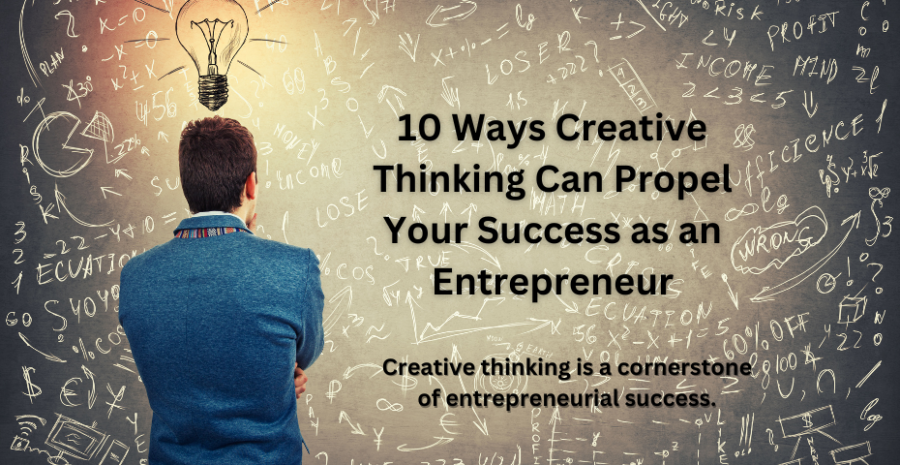
Creative thinking is a cornerstone of entrepreneurial success. It fuels innovation, problem-solving, and the ability to adapt in an ever-changing business landscape.
In the fast-paced and ever-evolving world of entrepreneurship, creative thinking stands as a vital catalyst for success. It goes beyond traditional problem-solving, enabling entrepreneurs to innovate, differentiate, and thrive in competitive markets.
By thinking creatively, entrepreneurs can identify unique opportunities, craft compelling products, and devise effective strategies that drive growth. This mindset not only helps in overcoming challenges but also in building a distinct brand identity that resonates with customers.
Creativity fuels adaptability, essential for navigating the uncertainties of business landscapes. Embracing creative thinking is crucial for any entrepreneur looking to achieve long-term success and sustainability.
Here are ten ways creative thinking can elevate your entrepreneurial journey.

Creative thinking enables entrepreneurs to develop unique products that meet unaddressed needs in the market. By thinking outside the box, you can identify gaps and create solutions that stand out from the competition. For instance, the success of products like the iPhone and Tesla vehicles can be attributed to the creative vision of their founders.
Innovative product development is a hallmark of successful entrepreneurship, driven by the power of creative thinking. It begins with identifying unmet needs or gaps in the market, which can only be achieved by looking beyond conventional solutions.
By embracing a creative approach, entrepreneurs can conceptualize and design products that offer unique features or solve problems in novel ways, setting them apart from the competition. This innovation process involves a blend of imagination, experimentation, and user-centered design, ensuring that the end product not only appeals to consumers but also enhances their experience.
Innovative products often create new market categories or redefine existing ones, providing a competitive edge and fostering brand loyalty. The iterative nature of creative product development allows for continuous improvement and adaptation, ensuring that offerings remain relevant and ahead of trends. Ultimately, innovative product development fueled by creative thinking can transform a simple idea into a groundbreaking success.
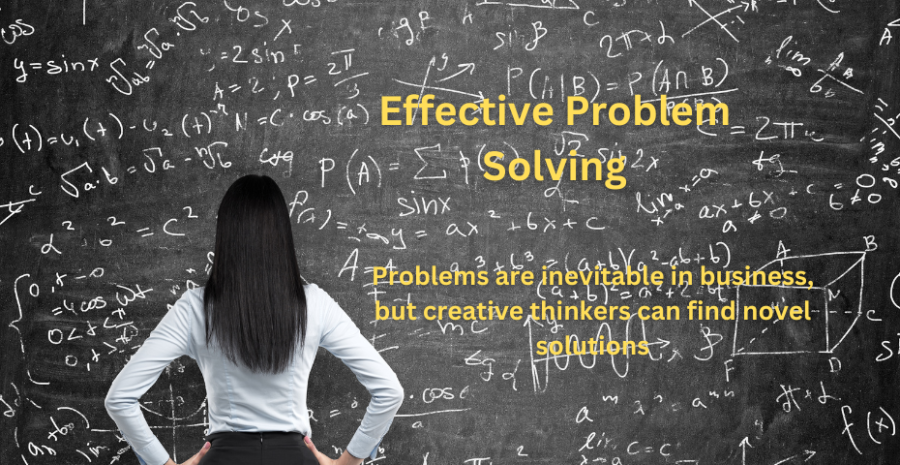
Problems are inevitable in business, but creative thinkers can find novel solutions. Instead of sticking to traditional methods, they explore alternative strategies. This flexibility can turn potential setbacks into opportunities for growth. When faced with a challenge, asking “What if?” or “Why not?” can lead to breakthrough ideas.
Effective problem solving is a critical skill for entrepreneurs, and creative thinking plays a pivotal role in mastering it. Traditional problem-solving methods often fall short in the dynamic and unpredictable world of business. Creative thinkers, however, approach problems with an open mind, exploring unconventional solutions and questioning assumptions.
This mindset encourages looking at challenges from multiple angles, leading to innovative and often more effective solutions. By employing techniques such as brainstorming, mind mapping, and lateral thinking, entrepreneurs can uncover hidden opportunities within problems. Additionally, creative problem-solving fosters resilience, enabling entrepreneurs to pivot quickly and adapt to changing circumstances.
This proactive approach not only resolves immediate issues but also equips businesses to anticipate and mitigate future challenges. Ultimately, embracing creative thinking in problem-solving empowers entrepreneurs to turn obstacles into opportunities for growth and innovation.
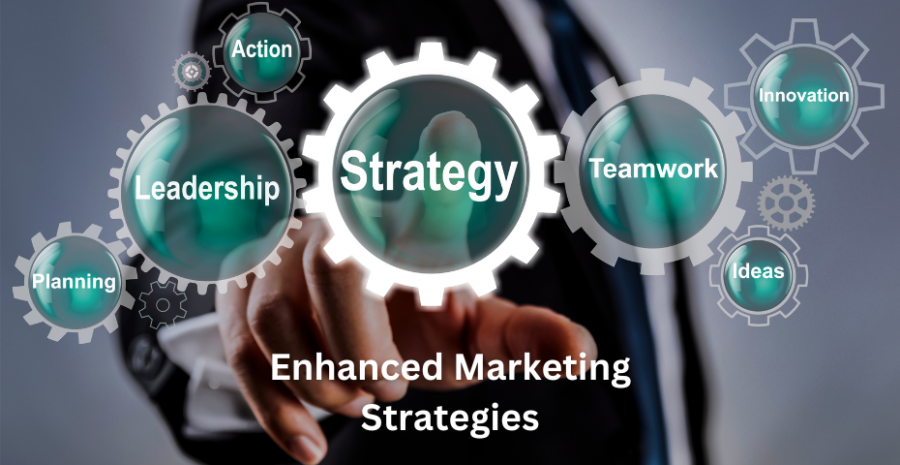
In a crowded marketplace, creative marketing can make all the difference. Entrepreneurs who leverage creativity in their marketing strategies can capture attention and engage customers more effectively. Viral marketing campaigns, clever social media tactics, and compelling storytelling are all products of creative thinking.
Enhanced marketing strategies are crucial for entrepreneurs looking to stand out in a crowded market, and creative thinking is the key to crafting these strategies. By leveraging creativity, entrepreneurs can develop unique and compelling marketing campaigns that capture attention and engage audiences.
This might include utilizing unconventional advertising channels, creating viral content, or telling a brand story in a way that resonates deeply with the target audience. Creative marketing often involves experimenting with different formats and messages, allowing businesses to discover what truly connects with their customers.
Additionally, innovative use of social media, influencer partnerships, and interactive experiences can amplify reach and impact. Personalization, driven by creative data analysis and customer insights, ensures that marketing efforts are relevant and effective. Overall, creative thinking transforms marketing from a series of tasks into a dynamic and strategic tool for building brand awareness and driving growth.

Startups often have limited resources. Creative thinking helps entrepreneurs make the most of what they have. This could mean finding new uses for existing tools, negotiating innovative partnerships, or devising cost-effective operational strategies. By maximizing resources creatively, businesses can achieve more with less.
Resource optimization is a crucial aspect of entrepreneurial success, and creative thinking is instrumental in maximizing limited resources. Startups and small businesses often operate with constrained budgets, requiring innovative approaches to stretch every dollar.
Creative entrepreneurs find ways to repurpose existing tools, streamline operations, and reduce costs without compromising quality. This might involve leveraging technology to automate processes, negotiating unique partnerships for shared resources, or exploring alternative financing options.
Creative resource optimization includes tapping into underutilized assets, such as talent within the team or unused space. Entrepreneurs who think outside the box can turn constraints into opportunities, fostering a culture of efficiency and ingenuity. By continuously seeking innovative solutions, businesses can achieve more with less, enhancing their competitive edge and positioning themselves for sustainable growth.

A strong, unique brand identity is crucial for standing out in today’s market. Creative entrepreneurs are skilled at crafting a brand that reflects their vision and resonates with their audience. This involves not only visual elements like logos and design but also the brand’s voice and values.
Building a unique brand identity is essential for entrepreneurs aiming to distinguish their business in a crowded marketplace, and creative thinking is the cornerstone of this process. A distinctive brand identity begins with a clear understanding of the company's core values, mission, and vision, which creative entrepreneurs translate into compelling visual and verbal elements.
This includes designing an eye-catching logo, choosing a memorable color scheme, and crafting a consistent brand voice that resonates with the target audience. Beyond aesthetics, creative thinking drives the development of a brand story that emotionally connects with customers, fostering loyalty and trust. Innovative branding strategies, such as immersive experiences, personalized interactions, and community engagement, further solidify a brand's unique position.
By continuously evolving and adapting the brand identity to reflect changing market trends and consumer preferences, entrepreneurs ensure their brand remains relevant and impactful. Ultimately, a unique and creatively crafted brand identity not only attracts customers but also cultivates lasting relationships and drives long-term success.
.png)
The business world is dynamic, and adaptability is key to long-term success. Creative thinkers are more adept at navigating changes and overcoming obstacles. They’re not afraid to pivot when necessary, exploring new directions and adjusting strategies to stay relevant and competitive.
Adaptability and resilience are crucial traits for entrepreneurial success, and creative thinking significantly enhances these qualities. In the fast-paced business environment, unexpected challenges and changes are inevitable. Creative entrepreneurs view these disruptions not as setbacks but as opportunities to innovate and grow.
By thinking flexibly and exploring multiple solutions, they can quickly pivot and adjust their strategies to navigate new circumstances effectively. Creative problem-solving techniques, such as brainstorming and scenario planning, help identify alternative approaches and contingency plans.
This proactive mindset enables entrepreneurs to stay ahead of industry trends and respond swiftly to customer needs. Moreover, fostering a culture of adaptability and resilience within the team encourages continuous learning and improvement, ensuring the business can withstand and thrive amidst uncertainties. Ultimately, the combination of creativity, adaptability, and resilience empowers entrepreneurs to turn adversity into a driving force for innovation and success.

Creativity enhances the way businesses interact with their customers. By thinking creatively about customer journeys, entrepreneurs can design memorable experiences that foster loyalty and word-of-mouth promotion. Personalized interactions, innovative loyalty programs, and immersive experiences all contribute to stronger customer relationships.
Customer engagement and experience are critical components of entrepreneurial success, and creative thinking significantly enhances these aspects. Creative entrepreneurs design unique and memorable customer journeys that go beyond transactional interactions, fostering deeper emotional connections with their brand. This involves using innovative methods to personalize experiences, such as leveraging data analytics to tailor offerings and communications to individual preferences.
Creative use of technology, like virtual reality or interactive apps, can create immersive experiences that captivate customers and encourage loyalty. Additionally, storytelling and content creation are powerful tools for engaging customers, allowing brands to convey their values and vision compellingly.
By continually seeking new ways to surprise and delight customers, entrepreneurs can build strong relationships and drive word-of-mouth promotion. Ultimately, a focus on creative customer engagement and experience not only boosts satisfaction and loyalty but also differentiates the brand in a competitive market, leading to sustained business growth.

Creative thinking isn’t just about products and strategies—it’s also about people. Creative leaders inspire their teams, fostering an environment where innovation thrives. They encourage diverse perspectives, support experimentation, and lead by example, showing that creative risk-taking is valued.
Leadership and team motivation are vital components of entrepreneurial success, and creative thinking plays a significant role in enhancing these aspects. Effective leaders use creativity to inspire and engage their teams, fostering an environment where innovation and collaboration flourish.
By encouraging diverse perspectives and open communication, creative leaders ensure that team members feel valued and empowered to contribute their ideas. They also employ inventive strategies to recognize and reward achievements, boosting morale and motivation.
Creative thinking helps leaders to design dynamic team-building activities and problem-solving sessions that strengthen bonds and enhance collective performance. Additionally, by modeling a willingness to take risks and embrace new approaches, leaders set an example that motivates their teams to pursue excellence and continuous improvement. Ultimately, creative leadership transforms the workplace into a vibrant and productive space, driving both individual and organizational success.
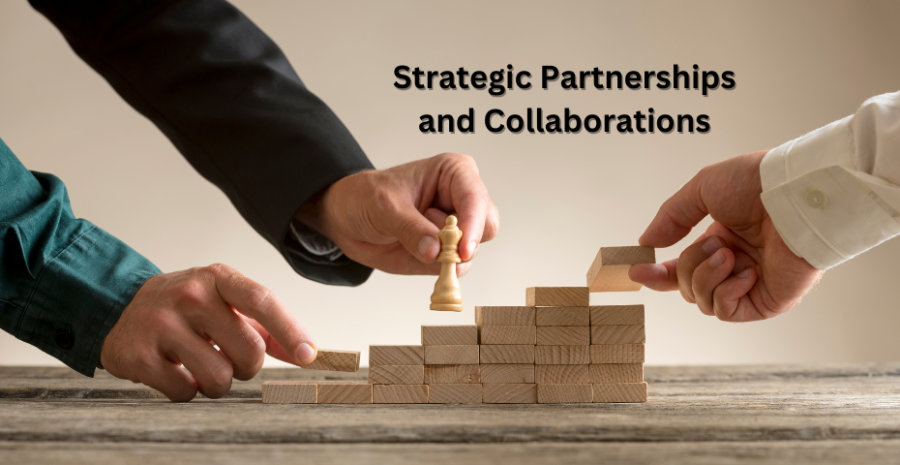
Entrepreneurs can use creative thinking to identify and cultivate strategic partnerships. These collaborations can open new markets, enhance product offerings, and provide access to additional resources. Thinking creatively about potential partners and how to work together can lead to mutually beneficial relationships.
Strategic partnerships and collaborations are essential for entrepreneurial growth, and creative thinking is key to identifying and leveraging these opportunities. By thinking outside traditional boundaries, entrepreneurs can discover unique partners that complement their business and open up new markets.
Creative entrepreneurs look beyond conventional alliances, considering unconventional partners who can bring fresh perspectives and resources. They devise innovative collaboration models that maximize mutual benefits, such as co-branding initiatives, shared technology platforms, or joint marketing campaigns.
These partnerships can provide access to new customer bases, enhance product offerings, and share operational costs, driving greater efficiency and growth. Creative thinking also helps in negotiating win-win agreements, ensuring that all parties involved see substantial value from the collaboration.
Strategic partnerships and collaborations foster innovation, expand reach, and amplify success, demonstrating that creativity in relationship-building is as crucial as it is in product development.
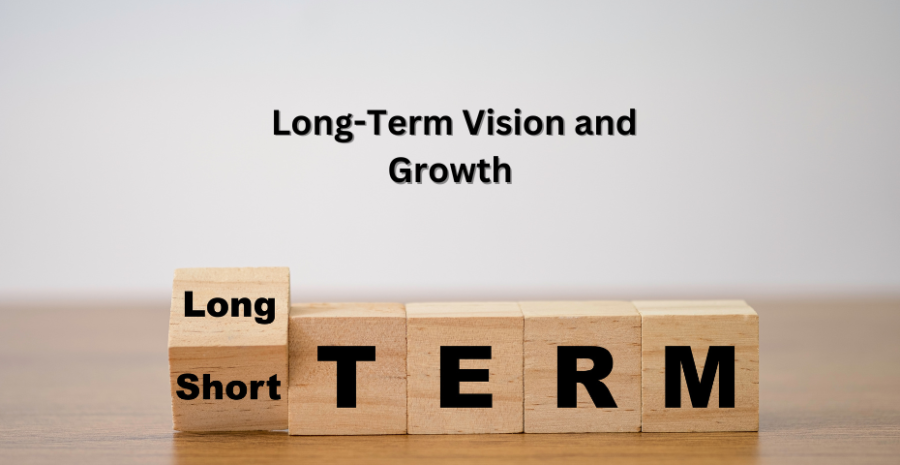
Finally, creative thinking helps entrepreneurs develop a compelling long-term vision. It allows them to see beyond immediate challenges and focus on sustainable growth. This visionary approach ensures that they are always looking for new opportunities and ways to innovate, keeping the business dynamic and forward-thinking.
Long-term vision and growth are crucial for sustaining entrepreneurial success, and creative thinking plays a pivotal role in shaping and realizing this vision. Entrepreneurs with a creative mindset are adept at envisioning future possibilities and crafting a compelling roadmap that guides their business towards sustained growth.
This involves not just setting ambitious goals but also devising innovative strategies to achieve them. Creative entrepreneurs anticipate market trends, embrace new technologies, and continuously refine their business model to stay ahead of the curve.
They also invest in research and development, fostering a culture of innovation that keeps their offerings relevant and competitive. By balancing short-term objectives with long-term aspirations, they ensure steady progress while remaining adaptable to changes.
This visionary approach, grounded in creative thinking, not only drives business expansion but also secures a lasting impact in their industry. Ultimately, a well-defined long-term vision, fueled by creativity, enables entrepreneurs to build resilient, forward-thinking enterprises that thrive over time.
Creative thinking is not just a desirable skill but a vital component of entrepreneurial success. It drives innovation, enhances problem-solving capabilities, and fosters an adaptable, resilient business environment. By nurturing creativity within yourself and your team, you can navigate the complexities of the business world, stand out in the market, and achieve sustained success. Embrace creativity as your greatest asset, and watch your entrepreneurial journey flourish.
Creative thinking is an indispensable asset for any entrepreneur aiming for success. It drives innovative product development, allowing businesses to stand out in competitive markets with unique offerings. Creative problem-solving transforms obstacles into opportunities, ensuring resilience and adaptability in the face of challenges.
Enhanced marketing strategies, born from creative insights, capture customer attention and build lasting brand loyalty. Resource optimization through creative methods ensures efficient use of limited assets, fostering growth even with constrained budgets.
Building a unique brand identity through creative elements and storytelling sets businesses apart and strengthens customer connections. Leadership and team motivation flourish under a creative leader who inspires and engages their team, driving collective success.
Strategic partnerships and collaborations, identified and leveraged creatively, open new avenues for growth and efficiency. Lastly, a long-term vision grounded in creative thinking ensures sustainable growth and a lasting impact in the industry.
Embracing creative thinking in these ten areas empowers entrepreneurs to navigate the complexities of the business world, turning visionary ideas into successful ventures.
By fostering a culture of creativity, entrepreneurs can unlock endless possibilities and propel their businesses to new heights.
.jpg)
About: Andries vanTonder (65)
45 years selfemployed
He is a Serial Entrepreneur, an Enthusiastic supporter of Blockchain Technology and a Cryptocurrency Investor
Find me: Markethive Profile Page | My Twitter Account | My Instagram Acount | and my Facebook Profile.
